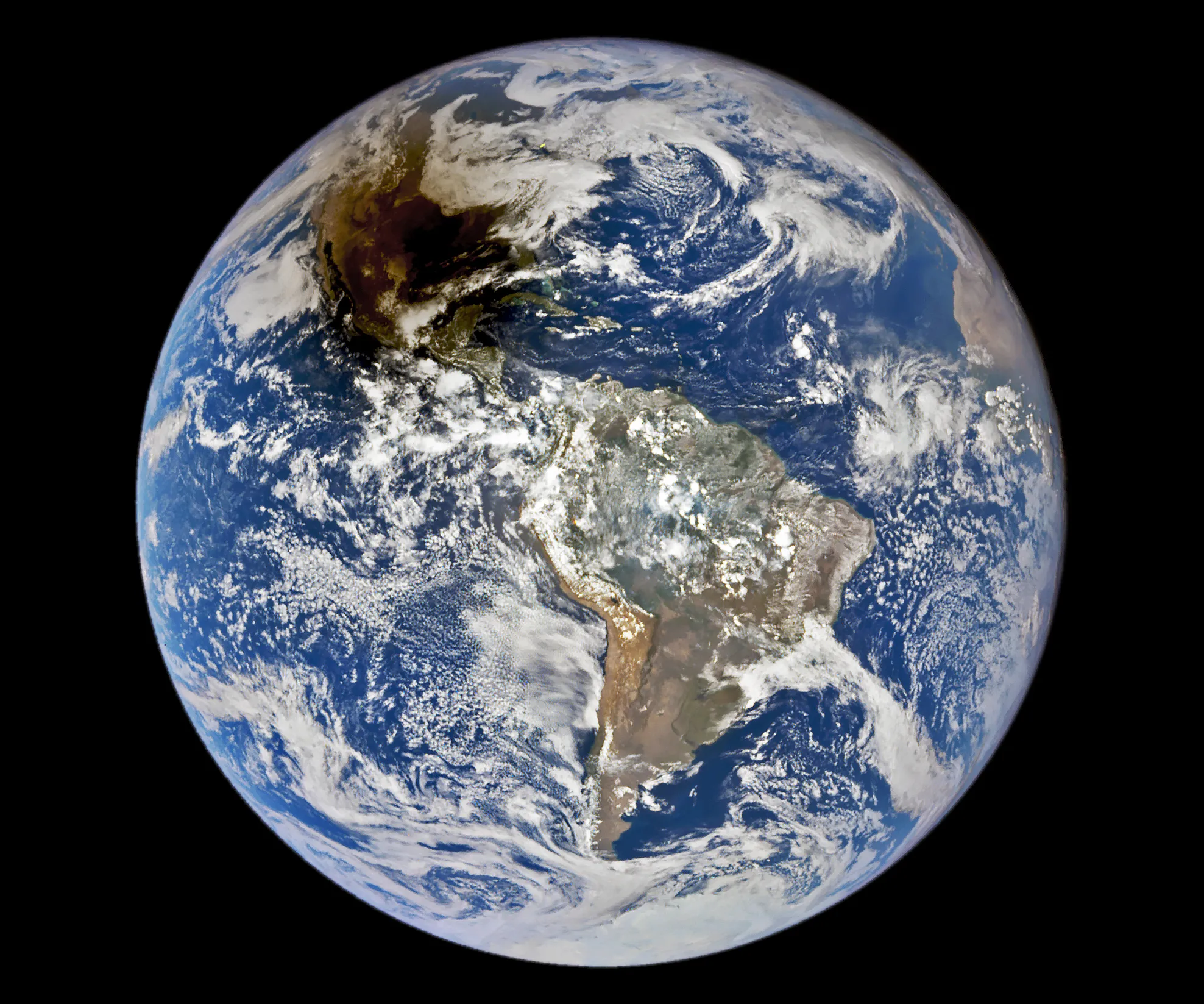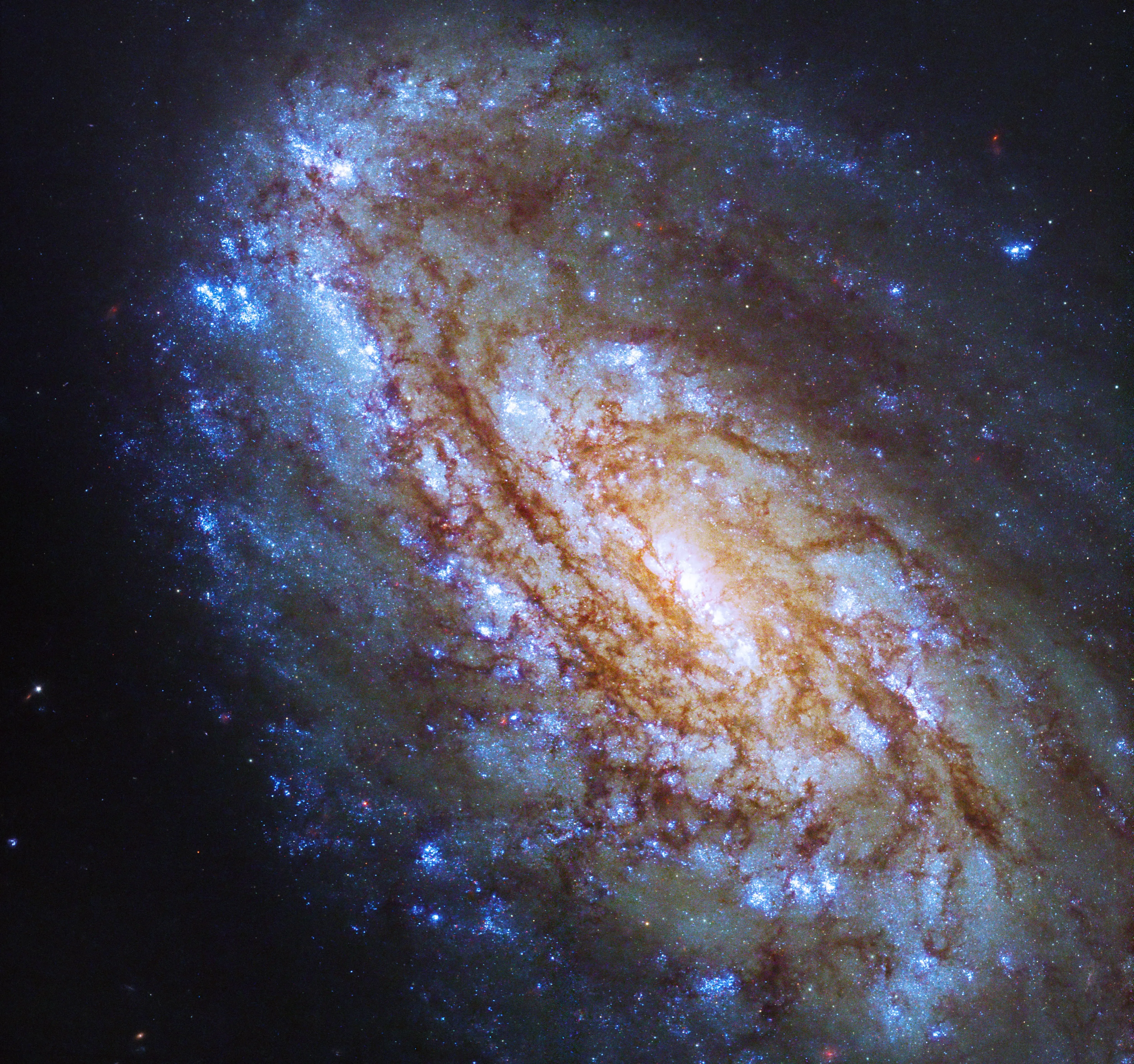When NASA’s Orion spacecraft launches aboard the powerful Space Launch System rocket for the spacecraft’s first mission around the Moon later this year, a suited manikin will be aboard outfitted with sensors to provide data on what crew members may experience in flight. As part of the uncrewed Artemis I flight test, NASA is seeking to learn how best to protect astronauts for Artemis II, the first mission with crew.
In this image, engineers use a suited manikin that will fly on Artemis I to conduct vibration testing at Kennedy Space Center on Orion’s seat and energy dampening system – called the Crew Impact Attenuation System – for qualification ahead of Artemis II.
The manikin flying on Artemis I will occupy the commander’s seat inside Orion, be equipped with two radiation sensors, and wear a first-generation Orion Crew Survival System suit – a spacesuit astronauts will wear during launch, entry, and other dynamic phases of their missions. The manikin’s seat will be outfitted with two sensors – one under the headrest and another behind the seat – to record acceleration and vibration throughout the mission.
NASA is holding a naming contest beginning Wednesday, June 16 for the manikin that will fly on an upcoming mission around the Moon. Find out about how you can participate in the Name the Moonikin contest.
Learn more on Tumblr: Name the Artemis Moonikin! Choose your player!
Image Credit: NASA
今年晚些时候,美国国家航空航天局(NASA)的猎户座宇宙飞船将搭载强大的太空发射系统(Space Launch System)火箭进行首次绕月飞行,届时将搭载一个身着宇航服、配有传感器的人体模型,为宇航员在飞行中可能经历的情况提供数据。作为阿尔忒弥斯1号任务无人飞行测试的一部分,NASA正在研究如何最好地保护阿尔忒弥斯2号任务(第一次载人任务)的宇航员。
在这张图片中,工程师使用一个合适的人体模型,在肯尼迪航天中心的猎户座上进行振动测试,能量衰减系统——称为宇航员冲击衰减系统——在阿尔忒弥斯2号任务之前通过测试。
在阿尔忒弥斯1号任务上飞行的人体模型将占据猎户座内的指挥官座位,配备两个辐射传感器,并穿着第一代猎户座宇航员生存系统的宇航服——宇航员将在发射、进入和其他任务的动态阶段穿着宇航服。人体模型的座位将配备两个传感器——一个在头枕下,另一个在座位后面——以记录整个任务期间的加速度和振动。
NASA将于6月16日(周三)开始为即将执行绕月飞行任务的人体模型举行命名比赛。了解如何参与Moonikin的名字竞赛。
在 Tumblr 上了解更多信息:命名阿尔忒弥斯Moonikin!选择你的选手!
影像来源:NASA



